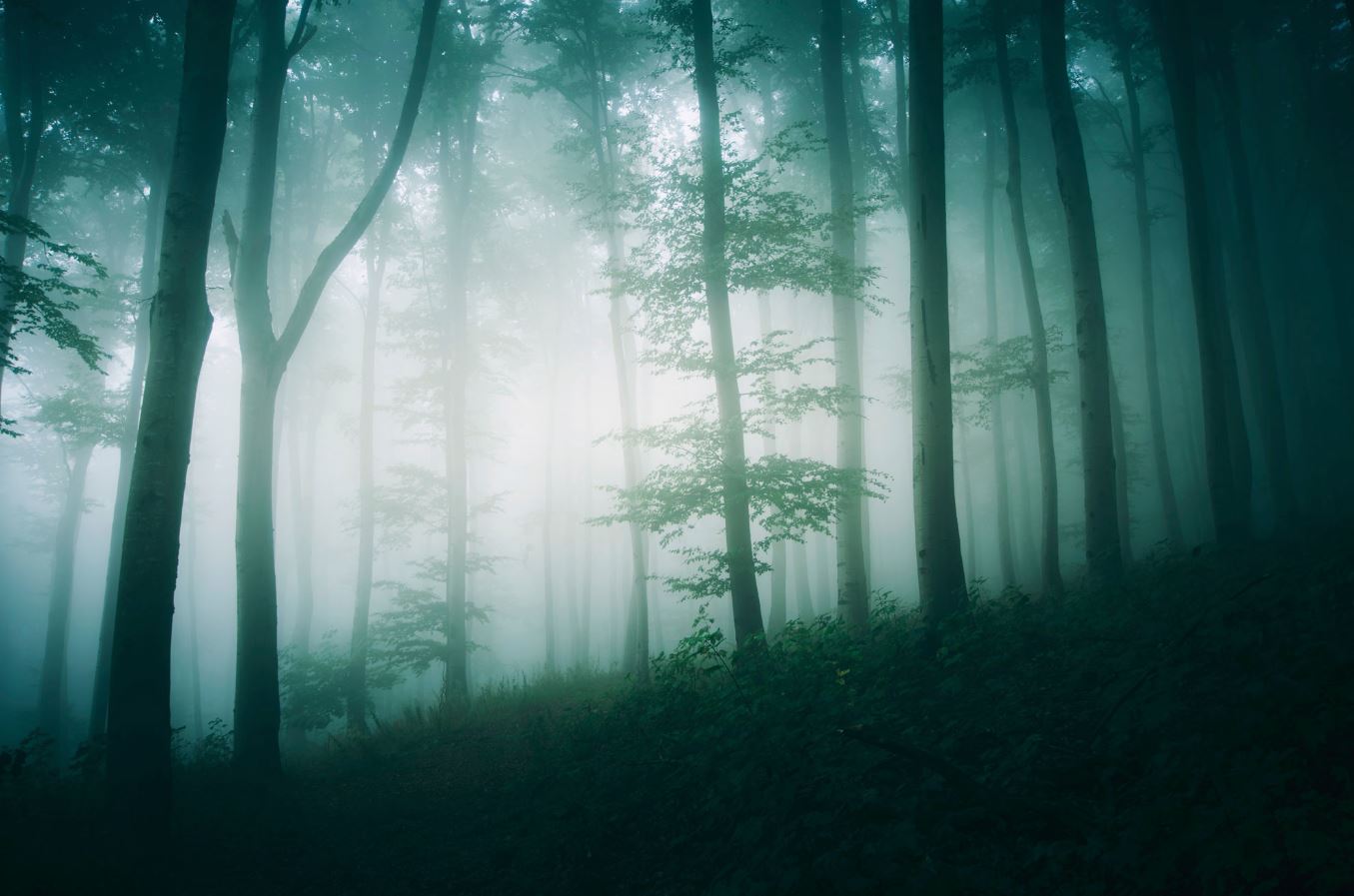Where mist meets meaning and education forgets its shape.

Origins in the Mist
Fog University began as an accident of atmosphere. No architect drew its blueprints, no board approved its founding. One morning, as dawn hesitated over the conceptual valley between clarity and confusion, a small collection of scholars found themselves surrounded by a haze so thick that it swallowed even their definitions. Unable to see the walls of their own departments, they decided to form a university dedicated to studying what could not be seen but could still be felt, the fog.
The name was less a decision than a condensation. They called it Fog University because, in their words, it was already there. Like most natural phenomena, its existence preceded its explanation. The first classes took place in borrowed rooms filled with uncertainty. Chalk was replaced by whispers, syllabi by silences, and the first lecture was titled simply, “What Now?”
Our Founding Philosophy
The founders believed that knowledge should not be sharp enough to cut but soft enough to surround. They resisted the academic urge to solidify everything into systems, preferring instead the liquidity of living questions. Their motto, still inscribed faintly on the entrance arch, if you can find it, reads, “Through obscurity, we see.” It is a reminder that sometimes to learn, we must first lose our way.
While other universities pursued enlightenment, Fog University pursued twilight, the interval between certainty and doubt. The faculty of the unseen taught patience with ambiguity, respect for impermanence, and the strange joy of not knowing. Here, every fact dissolves a little at the edges, every thesis drips quietly into the next. The fog is both the subject and the method.
Campus Without Coordinates
No map can accurately locate Fog University. Its coordinates shift daily, bending to the moisture of interpretation. Some days it appears on a hill where forgotten ideas rest; other days, it seems to hover above the clouds of discourse, unreachable yet somehow always near. The campus is less a place than a sensation, an architecture of unknowing suspended in time.
Students often report finding their classrooms only after giving up searching for them. Corridors lead to gardens that vanish upon entry, and staircases spiral into discussions. Even the library resists containment: its books are written in vapor ink, readable only when you breathe on the pages. The only building that remains constant is the café, because even philosophers need coffee.
The Faculty of Uncertainty
At Fog University, professors are chosen not for what they know but for how beautifully they admit what they do not. Each carries an expertise in ambiguity: the historian of half-memories, the physicist of speculation, the linguist of unspoken words. Their lectures are not expositions but invitations, gentle gestures toward meaning that dissipate before becoming conclusions.
Evaluation here is an art of trust. Grades are not letters but atmospheres: misty, dense, light, or luminous. A “dense” performance might mean one has accumulated too many thoughts without release, while a “luminous” one suggests that the fog has thinned enough for insight to flicker through. The registrar, naturally, is a weather station.
Students of the Vapor
Those who enroll at Fog University are rarely seeking degrees. They come to unlearn, to drift, to listen. The average student arrives with a head full of solid convictions and leaves carrying only a jar of morning mist, a certificate of participation in uncertainty. Their studies might include “The Ethics of Echoes,” “Translucent Logic,” or “Applied Ambiguity.” Some take internships at the Institute of Indefinition, while others disappear entirely into postgraduate reflection.
The alumni network, though impossible to contact directly, exists in moods. Graduates reappear as poets, designers, wanderers, or clouds over different landscapes. When asked what they gained from their time at Fog University, they tend to smile softly and reply, “Perspective, maybe.”
Atmospheric Research
The Department of Experimental Epistemology recently published a paper titled “The Density of Doubt in Academic Ecosystems.” It concludes that a healthy mind requires partial opacity. Over-clarity, the report warns, leads to intellectual dehydration. The research is conducted in open air, and the labs are equipped with humidity sensors and poetic devices. When results fail to appear, that absence is cataloged as data.
Projects include the “Cloud Memory Archive,” an initiative to store forgotten ideas in mist form, and the “Translucent Architecture Program,” which designs structures meant to fade at dawn. Each endeavor expands the boundaries of how we understand both atmosphere and thought, the perfect synthesis of science and satire.
The Spirit of Parody
Despite its ethereal appearance, Fog University takes humor seriously. The institution thrives on parody, not as mockery but as a philosophical stance. To laugh at knowledge is to free it from rigidity. Every semester, the Faculty of Irony hosts a symposium where the most serious scholars deliver papers that unravel their own arguments. The audience, unsure whether to applaud or reflect, usually does both.
Through parody, the university reminds its members that no truth is so sacred it cannot be gently questioned. The fog, after all, spares no monument of meaning. It wraps professors and poets alike in its equalizing embrace, whispering that even the sharpest intellect must eventually soften.
Enduring Ambiguity
To understand Fog University is to accept that it will never fully reveal itself. Its story, like its campus, changes with the weather. It may appear one day as a satire, the next as a sanctuary. Some critics claim it doesn’t exist at all, that it is merely a metaphor sustained by collective curiosity. If that’s true, then perhaps all education is fog, the slow condensation of shared meaning into fleeting understanding.
And yet, those who’ve walked its unseen paths swear it is real. They speak of the hush that settles over the quad before an idea arrives, of the way light filters through uncertainty like a lesson written in air. Fog University, whether fictional or not, continues to inspire those who believe that wisdom does not end in clarity but begins in it.
